The impacts of science and technology, especially artificial intelligence (AI), on journalism in recent times have forced training institutions to think about the challenges and changes needed in teaching.
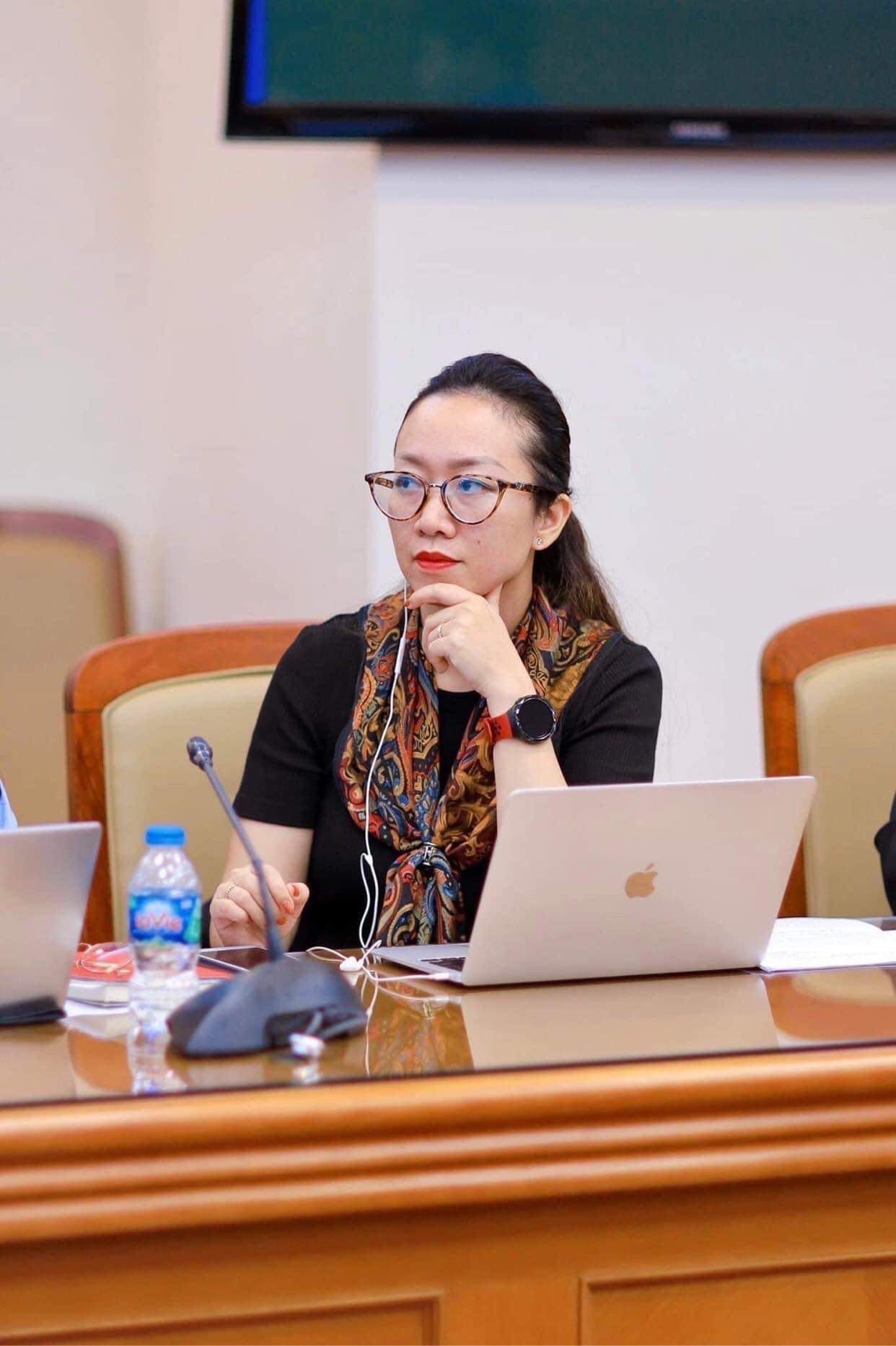 |
| Dr. Nguyen Nga Huyen - Academy of Journalism and Communication. (Photo: NVCC) |
At present, journalism training institutions in Vietnam have been meeting the basic requirements for training journalism students at both undergraduate and postgraduate levels. Many prestigious journalism training schools today such as the Academy of Journalism and Communication, Hanoi University of Social Sciences and Humanities, and Ho Chi Minh City University of Social Sciences and Humanities are still the places that "produce" many reporters, journalists, editors, and leaders of press agencies across the country.
For a long time, journalism training at schools has had encouraging changes when focusing on practical factors. Through investing in professional practice centers for students, increasing the proportion of practice in courses, inviting journalists to share and impart experiences, academic cooperation with foreign journalism and communication schools, etc., schools have created many more appropriate and positive changes in meeting the practical requirements of the output quality of journalism students.
However, given what AI has done, is doing, and may do in the future in the field of journalism, journalism training institutions need to have a plan to deal with changes in the demand for journalism human resources in both quality and quantity.
Challenges in training
The biggest challenge perhaps lies in the heads of schools in recognizing and predicting the immediate and long-term difficulties, in order to boldly create comprehensive changes in training journalists in the AI era. These changes not only include basic, obvious factors such as: updating the training program framework, improving the quality of the teaching staff, visiting experts, improving facilities - techniques and technology, but more importantly, it also requires a new mindset, a mindset of being ready to eliminate what is not suitable and integrate new elements according to reality. This is a key point that is not easy to establish when considering the tenure mechanism and the ability to be autonomous and self-responsible.
Besides, from a lifestyle perspective, the fact that the income of journalism is generally not high and the treatment for journalism lecturers is not really encouraging... is also a challenge when it comes to attracting students and maintaining training quality.
Although there are no comprehensive statistics, the fact that journalism graduates switch to media or even work in a different field is still an obvious reality. For those who find jobs in press agencies, not everyone can immediately meet the job requirements. Some limitations of journalism graduates can be mentioned as: lack of practical experience; weak knowledge related to the political system; lack of skills in searching, selecting, and exploiting topics; limited ability to do multimedia journalism; lack of soft skills.
Meanwhile, AI is now “invading” journalists at many stages and levels. Major news agencies in the world have been researching AI, applying it and constantly improving it for many years.
Not only does AI play a good role in searching and synthesizing information, it is now also a powerful tool in automated content production, especially in the fields of sports, finance, weather news, etc., which have clean and updated data sources. Since 2014, the AP news agency has researched and applied the automation of financial income reports and significantly increased the number of articles published each quarter.
In early 2023, BuzzFeed said it would use ChatGPT to create quizzes and personalize content for its readers. Personalizing the public experience is also something that many news agencies around the world and some news agencies in Vietnam have applied AI to improve news distribution.
The above examples, although not exhaustive, partly show the gap in the adoption and application of AI in the field of journalism between the world and Vietnam. So, what changes do journalism training institutions and press agencies need to make to adapt to the age of AI?
Building a competitive advantage with AI?
Faced with the current challenges, it is necessary to return to the core of what makes the existence of the press meaningful to society, which is the role of monitoring and criticism. In a world of strong information competition like today, with the "reign" of social networking platforms, the press needs to affirm its core role to build a competitive advantage. Because, in the near future, it will be difficult for AI to detect hidden problems and conflicts in social life, or detect negative and corrupt incidents, or delve into analysis to find the "knots" in complex cases...
Therefore, schools still need to focus on training students in classic journalism skills such as: critical thinking, finding topics, building sources of information, verifying information, in-depth operations... on the basis of protecting national interests and justice. At the same time, it is necessary to update new training content according to general trends such as: data journalism, podcasts, AI... as well as create conditions for students to participate in regular practice of multimedia skills, communication, situation handling and especially self-study skills. This is also a note on the aspect of personal efforts of learners in addition to the foundation provided by the training institution.
Palo Alto High School (California, USA) is known as the school that owns the largest and best high school journalism training program in the US called Paly Mac. In this program, students participate in the production of all kinds of publications such as: print newspapers, electronic magazines, television news, digital news... Thereby, they are trained in contents such as photography, video production, graphic design, and social networks. According to this program, students are not only trained in writing skills, but also practice leadership skills, teamwork, research and marketing, project management and business administration. Each Paly publication is a separate brand, developed and has a sustainable business model. This is a suggestion for bringing the reality of journalism into schools, so that students can experience in the most authentic and complete way not only journalism but also the process of selling journalism products.
In addition to facing challenges, the press industry also needs to see the opportunity to integrate AI into its work as a useful tool in the stages of news production, news distribution, and interaction with readers. Some press agencies in Vietnam are currently applying AI and other technologies in a number of activities such as: searching and synthesizing information, designing graphic information, researching and surveying. Even popular AIs in the world today such as ChatGPT (writing AI) or Midjourney (graphic design AI) are also being used in Vietnam, on a personal level, to serve the design and creation of published content.
The use of AI today still poses challenges not only in terms of technology (information provided by AI is still inaccurate and inconsistent) but also in terms of ethics (spreading fake news, violating users' privacy). To what extent and how to apply AI is still something that each press agency and each journalist must carefully consider, although these are similar issues for the world press, not just Vietnam.
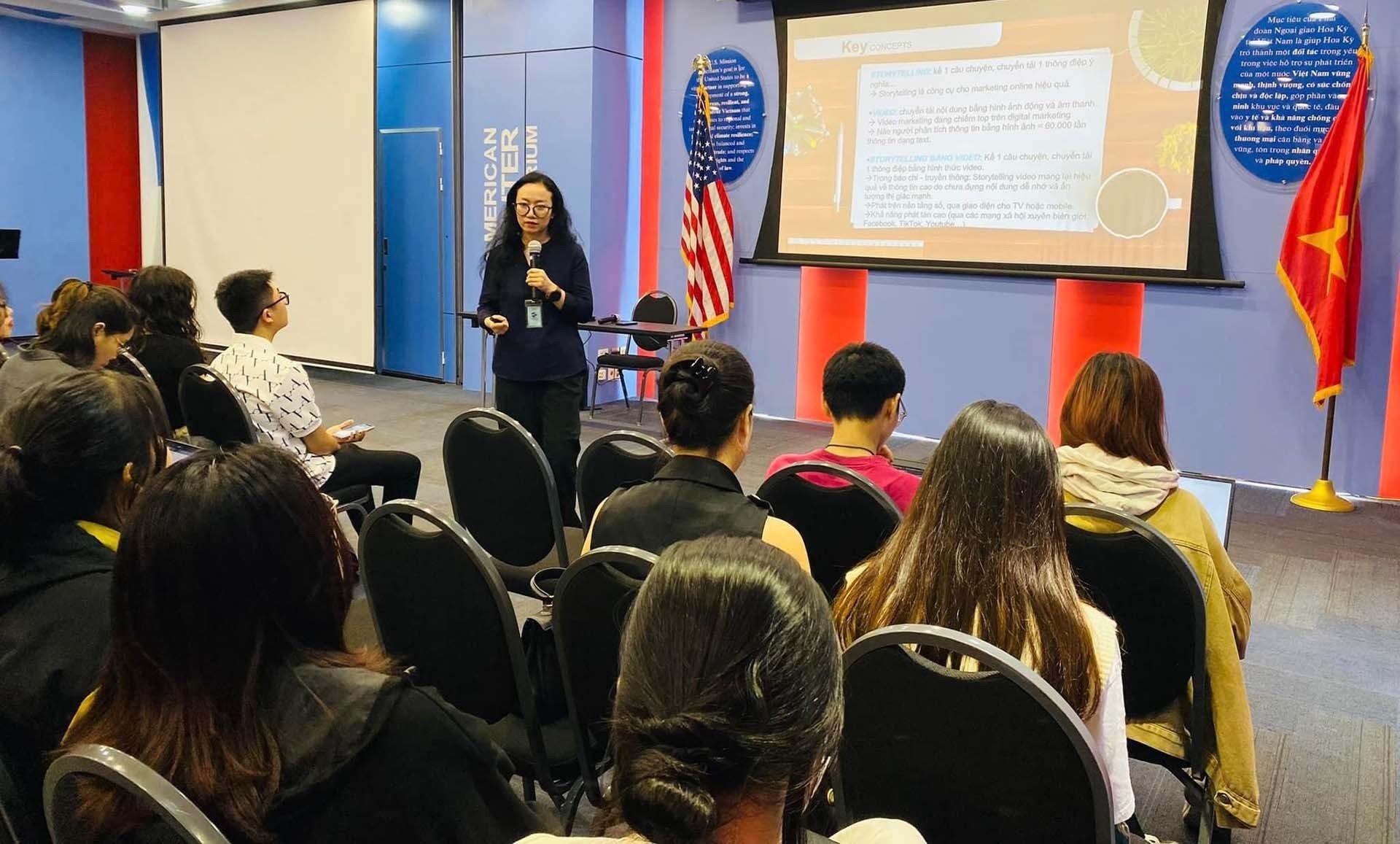 |
| The author teaches at a training course on digital media journalism. (Photo: NVCC) |
"Innovative nucleus" of foreign press
Being in the common sphere of influence, the field of foreign press in Vietnam also needs to be aware of both the opportunities and challenges that the AI era brings to the press industry. However, the remarkable progress of science and technology has brought to the information life very effective tools in verifying information, translating text, translating videos, audio... even in just a few minutes. Therefore, foreign press needs to further innovate the way it communicates with the public so that foreign information, based on the common viewpoint of the Party and the State's foreign policy, is both objective and multi-dimensional, and in-depth and competitive.
In addition to the guidance of the leaders of foreign press agencies, foreign journalists are the “core” for this responsibility. Foreign press works that are professionally produced with in-depth knowledge, so that the public can see the true nature of the problem in a comprehensive context, will be competitive products in the field of journalism in general and foreign press in particular. To do that, training for foreign press needs to further emphasize the ability to self-improve knowledge through self-study, self-reading, etc. Especially for international political issues related to Vietnam, each future foreign journalist needs to have a firm grasp of the mainstream political currents in the world to determine the perspective, point out the underlying causes of changes, and state the impact of historical factors.
AI may be a competitor for many job positions in the journalism industry in general and foreign journalism in particular, but for journalists with in-depth knowledge, solid expertise, and a sense of constantly improving and learning new things... AI can only become a powerful assistant for them.
Source



![[Photo] Phuc Tho mulberry season – Sweet fruit from green agriculture](https://vstatic.vietnam.vn/vietnam/resource/IMAGE/2025/4/10/1710a51d63c84a5a92de1b9b4caaf3e5)
![[Photo] Prime Minister Pham Minh Chinh chairs meeting to discuss tax solutions for Vietnam's import and export goods](https://vstatic.vietnam.vn/vietnam/resource/IMAGE/2025/4/10/19b9ed81ca2940b79fb8a0b9ccef539a)

![[Photo] Unique folk games at Chuong Village Festival](https://vstatic.vietnam.vn/vietnam/resource/IMAGE/2025/4/10/cff805a06fdd443b9474c017f98075a4)

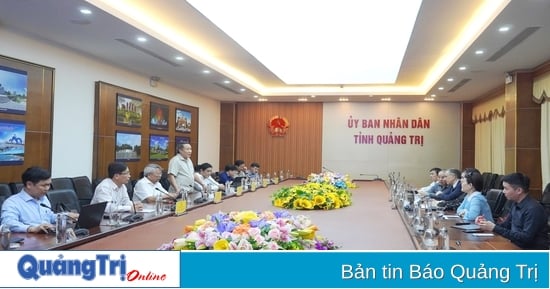










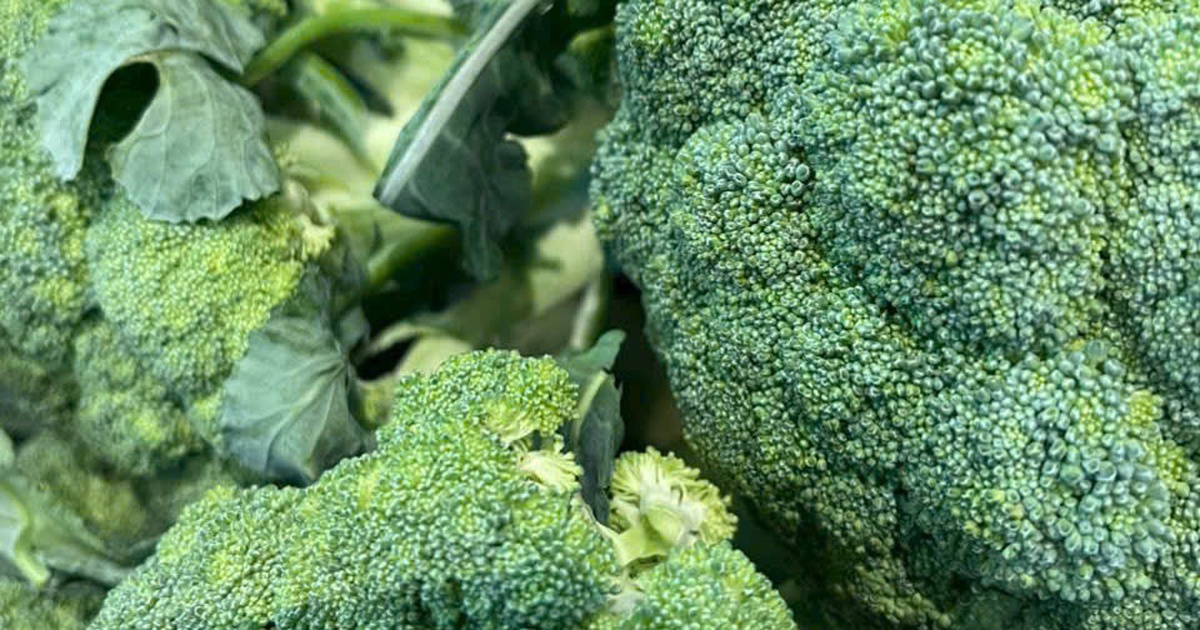










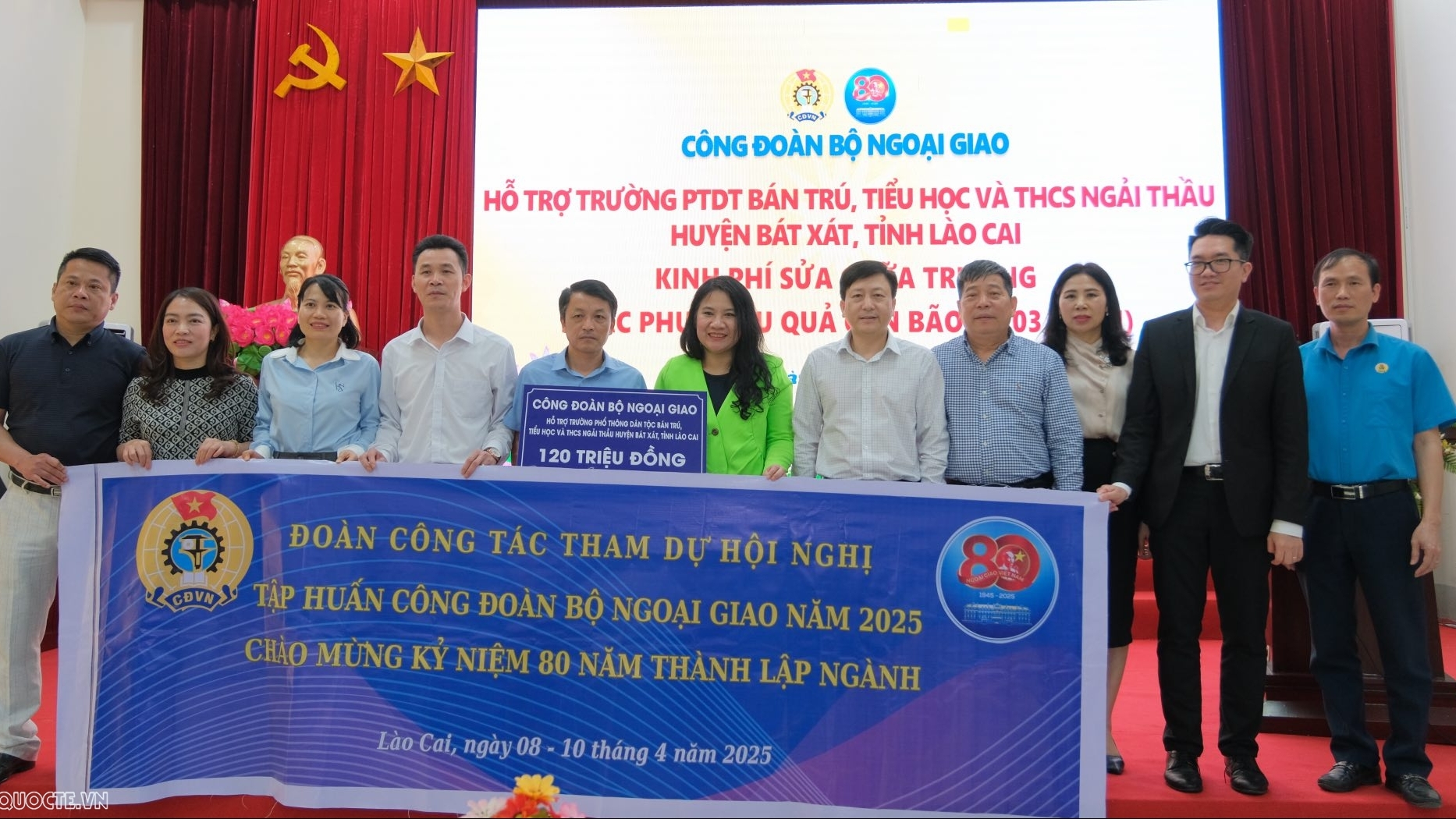
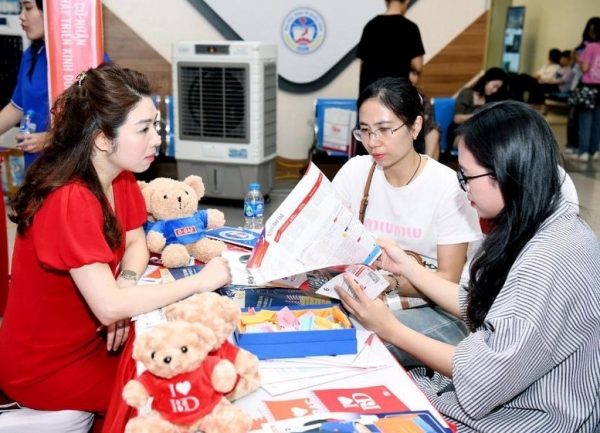
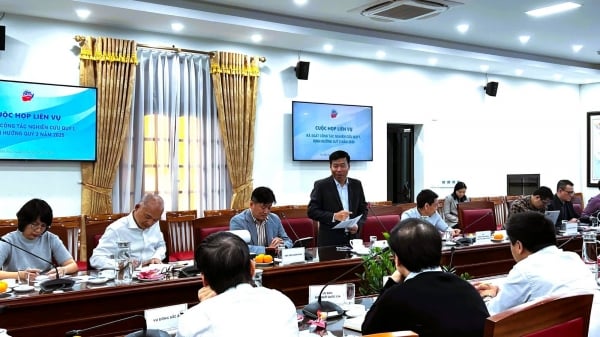
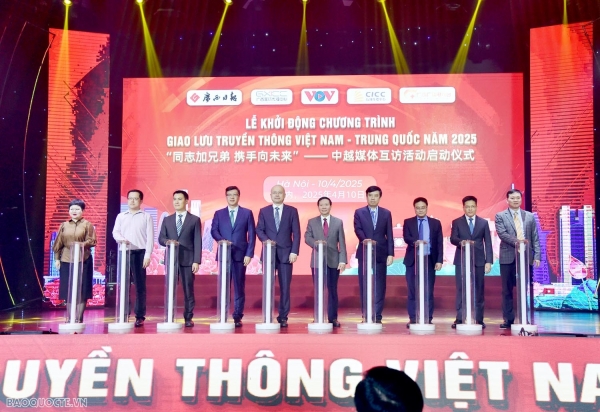





















































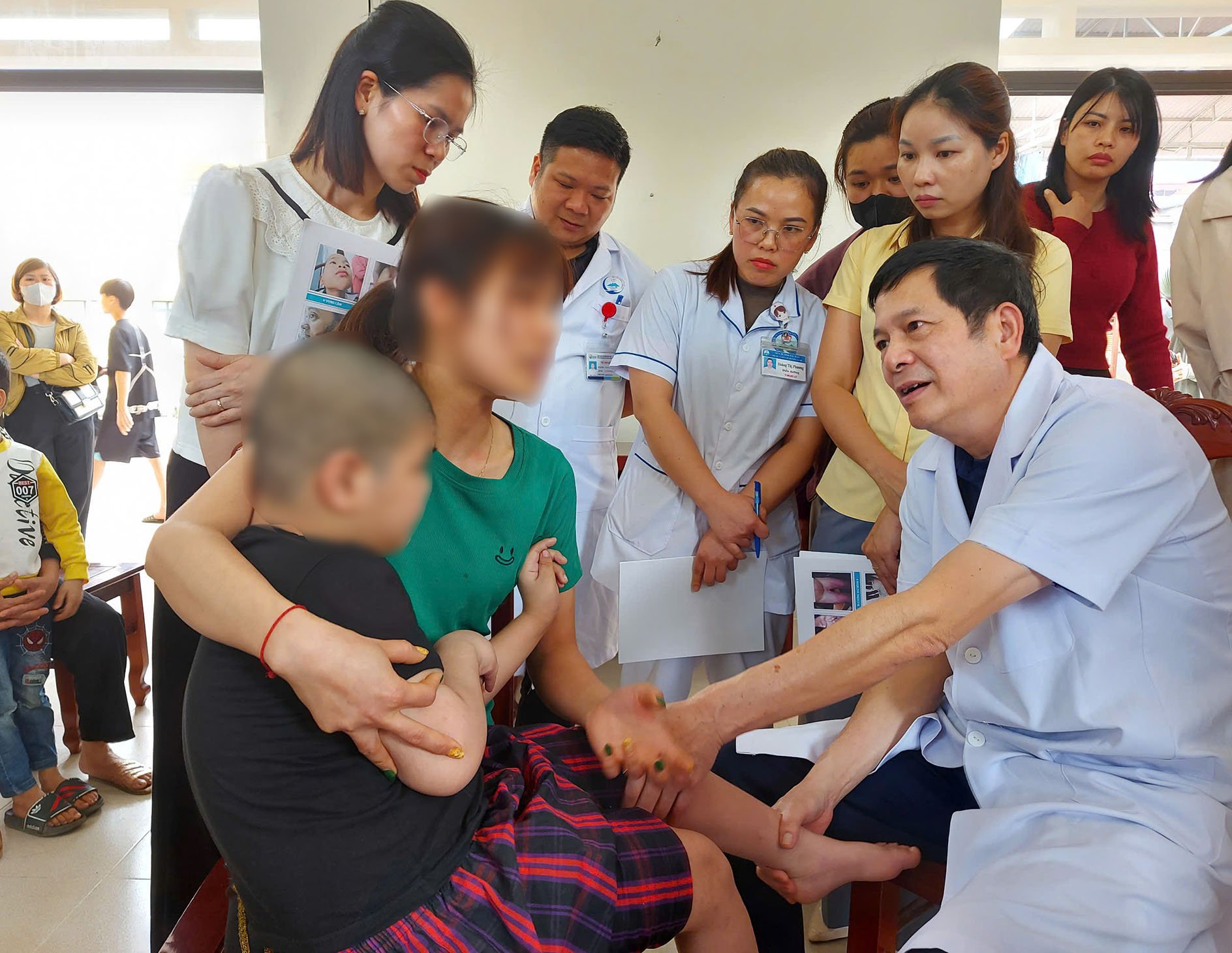

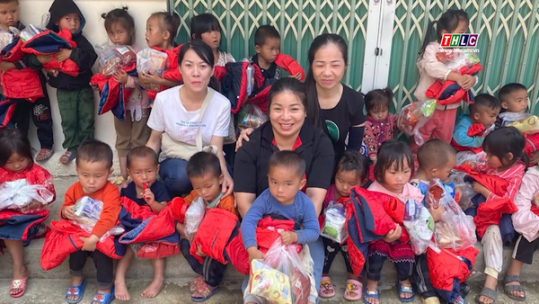








Comment (0)